Presentation Skills Rachael Duncan r. duncan@kcl. ac. uk
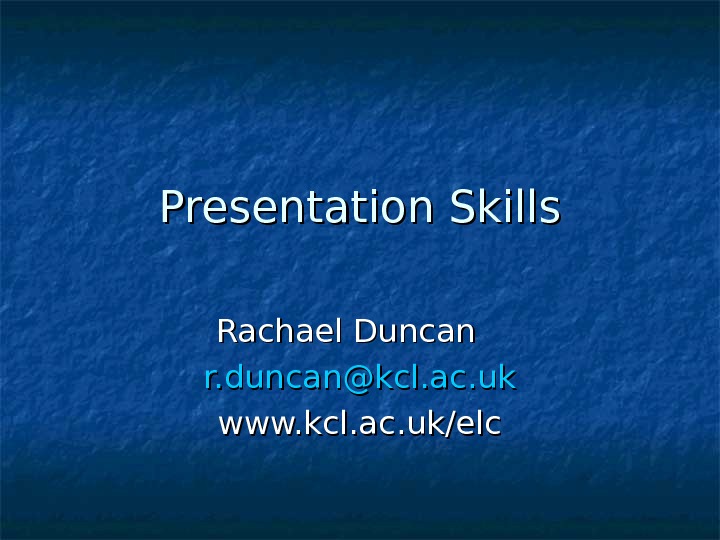
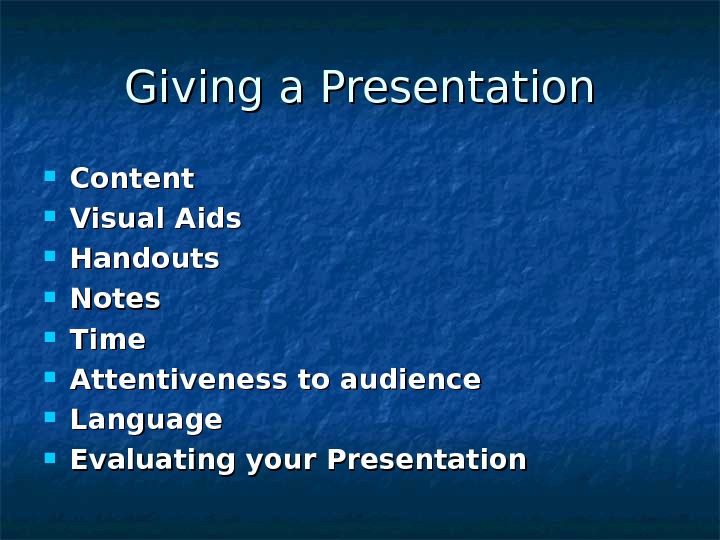
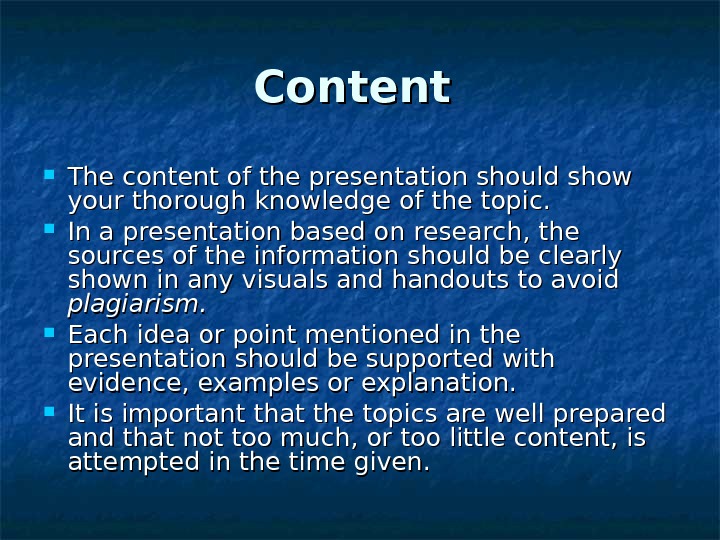
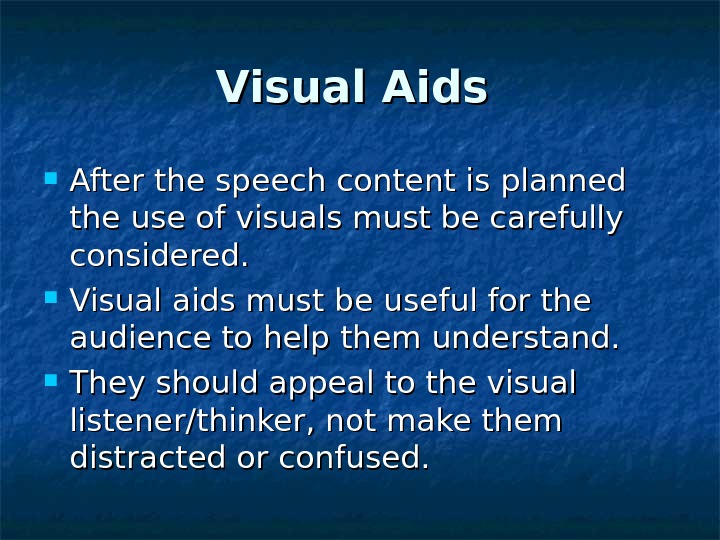
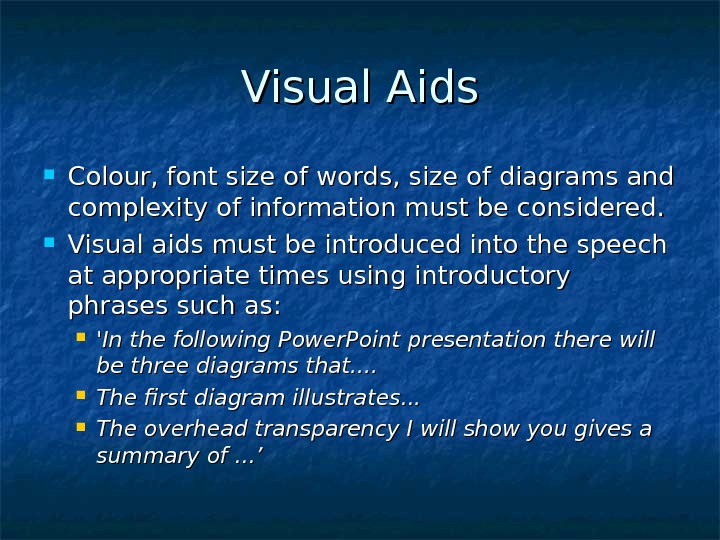
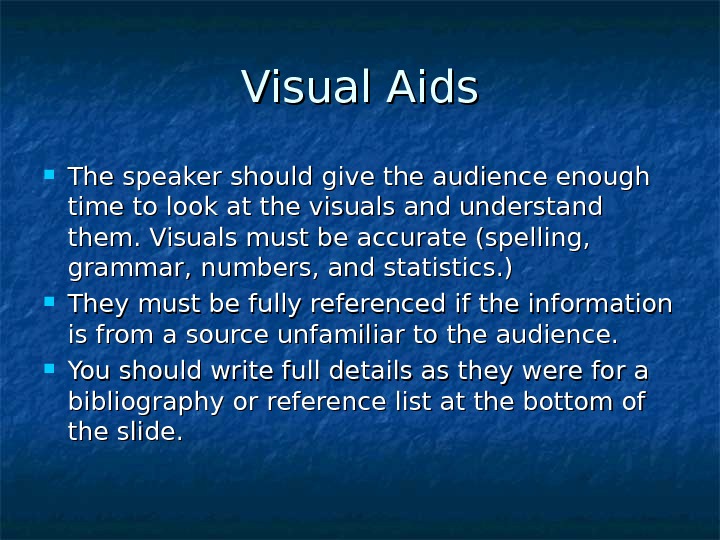
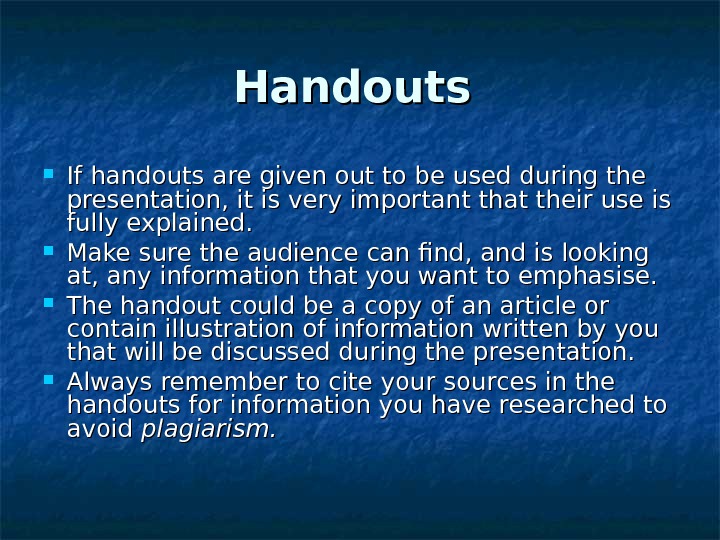

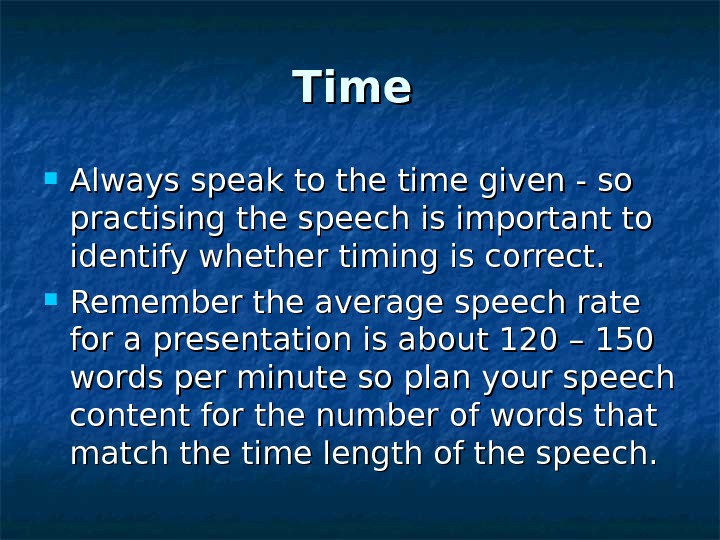
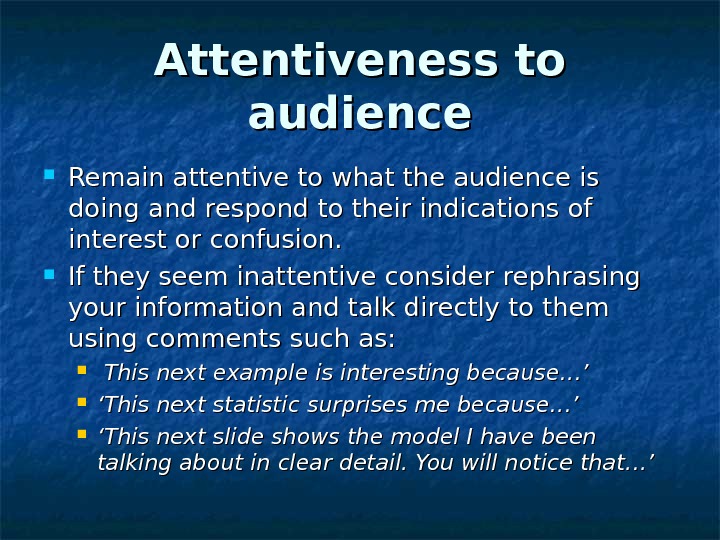
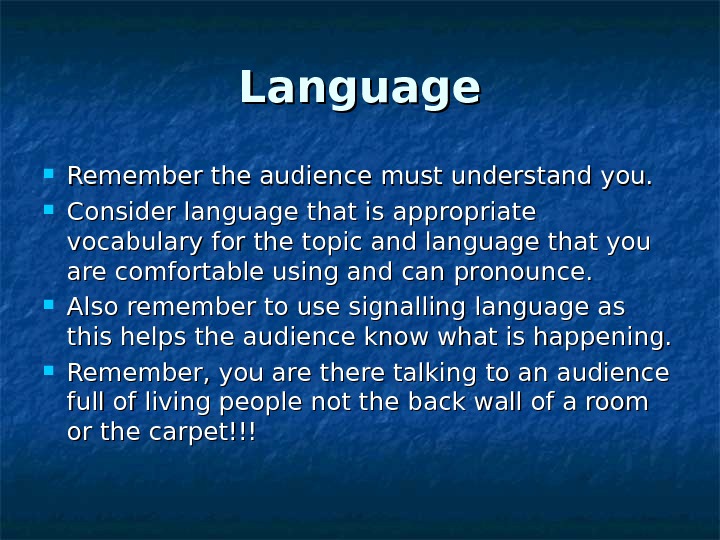
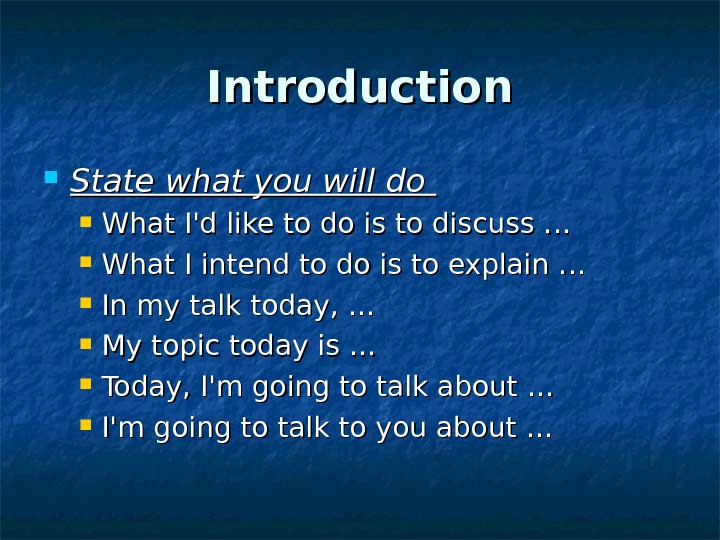
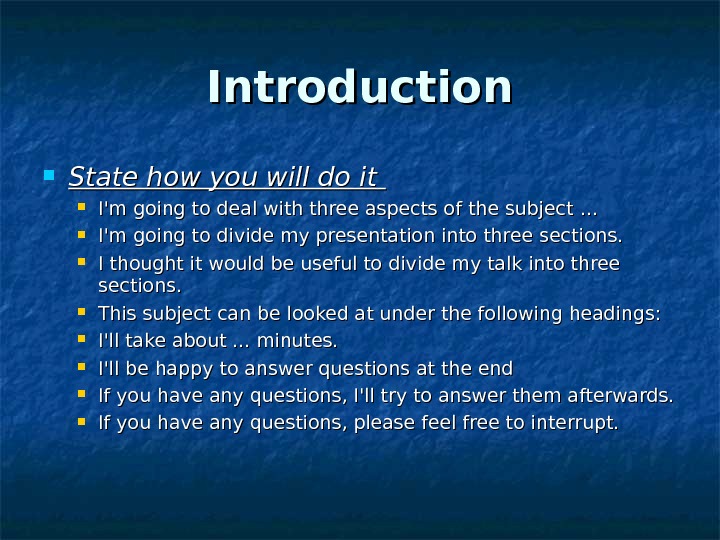
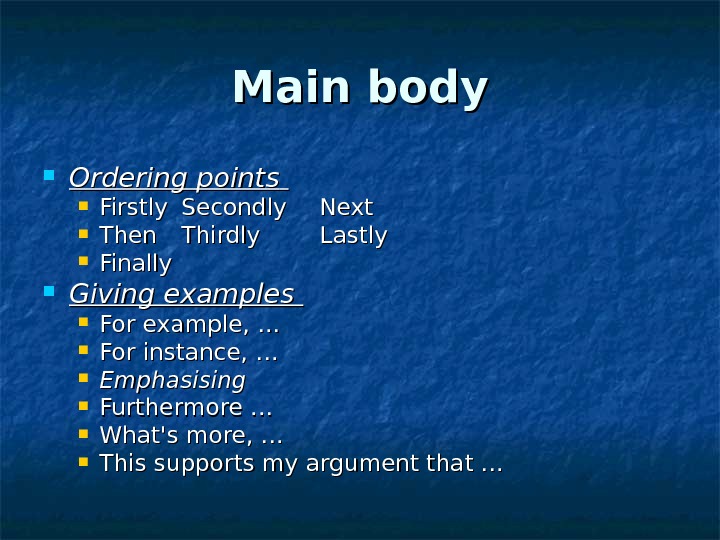
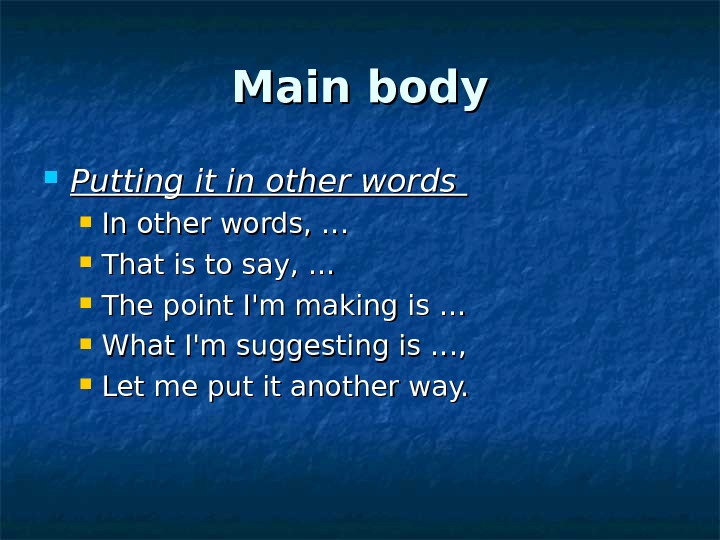
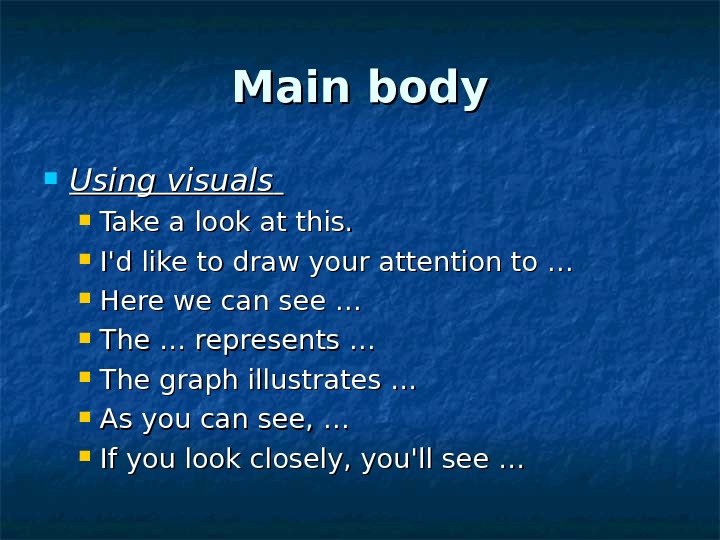
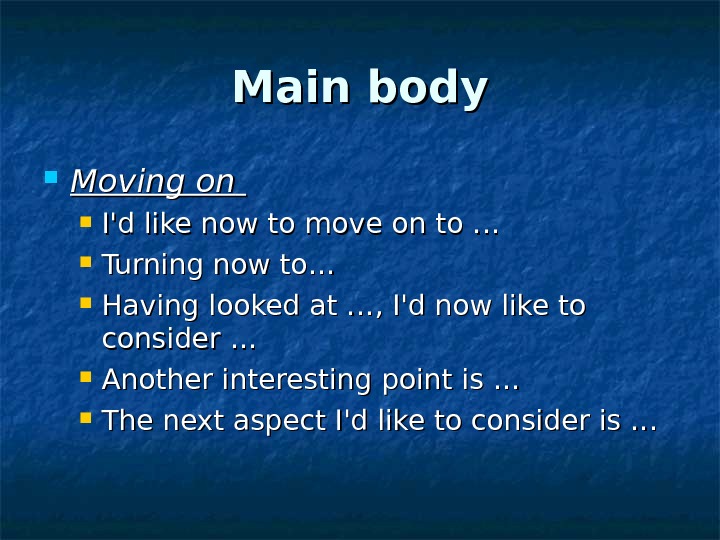
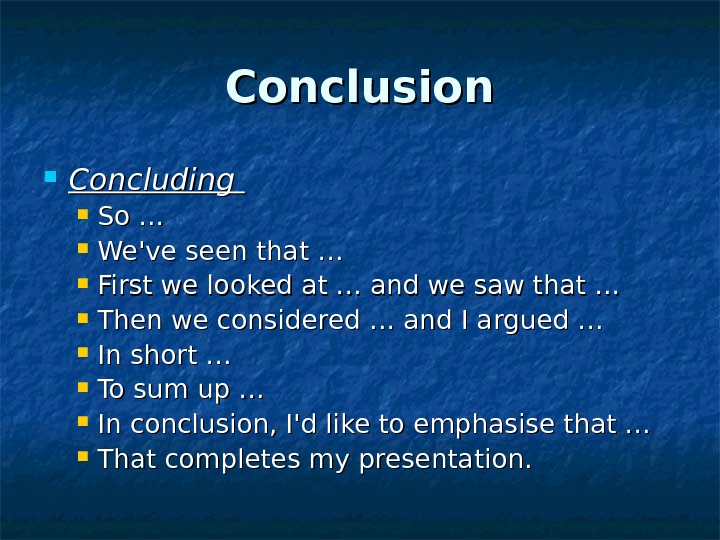
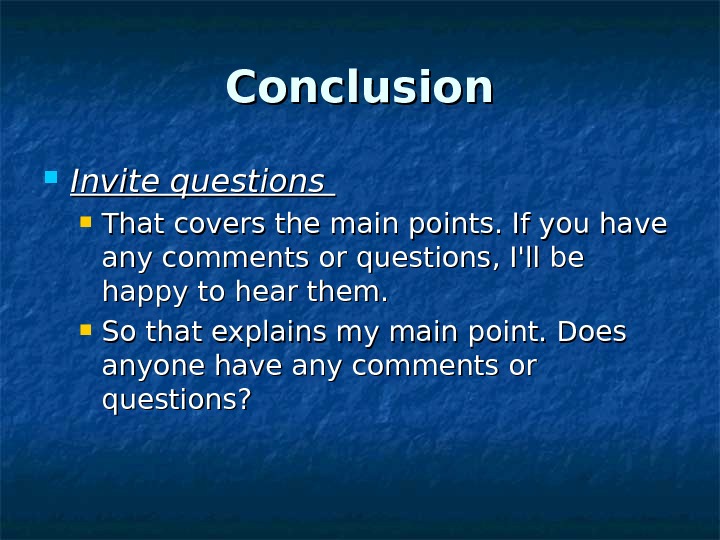
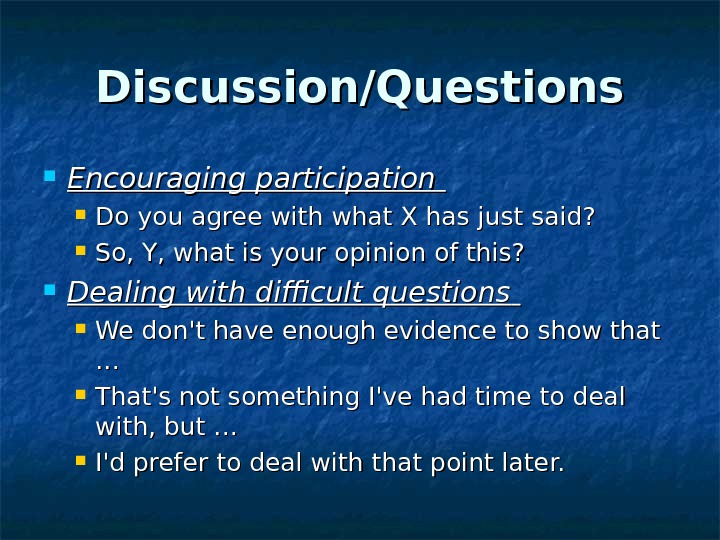
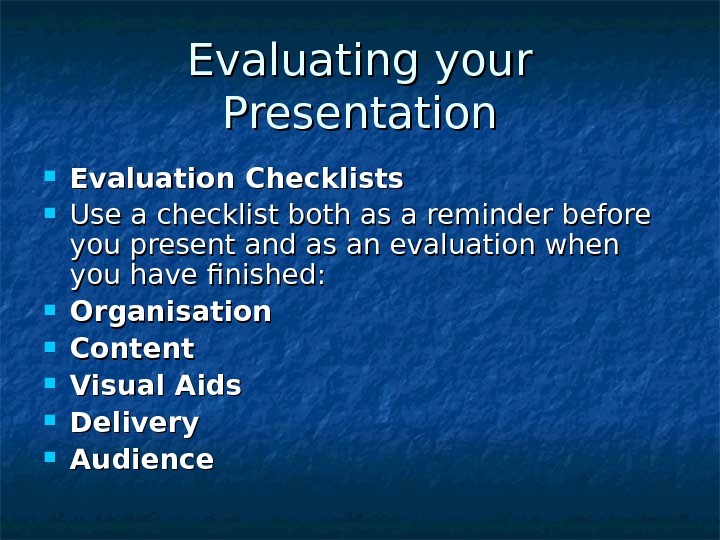
- Размер: 118 Кб
- Количество слайдов: 21
Описание презентации Presentation Skills Rachael Duncan r. duncan@kcl. ac. uk по слайдам
 Presentation Skills Rachael Duncan r. duncan@kcl. ac. uk www. kcl. ac. uk/elc
Presentation Skills Rachael Duncan r. duncan@kcl. ac. uk www. kcl. ac. uk/elc
 Giving a Presentation Content Visual Aids Handouts Notes Time Attentiveness to audience Language Evaluating your Presentation
Giving a Presentation Content Visual Aids Handouts Notes Time Attentiveness to audience Language Evaluating your Presentation
 Content The content of the presentation should show your thorough knowledge of the topic. In a presentation based on research, the sources of the information should be clearly shown in any visuals and handouts to avoid plagiarism. Each idea or point mentioned in the presentation should be supported with evidence, examples or explanation. It is important that the topics are well prepared and that not too much, or too little content, is attempted in the time given.
Content The content of the presentation should show your thorough knowledge of the topic. In a presentation based on research, the sources of the information should be clearly shown in any visuals and handouts to avoid plagiarism. Each idea or point mentioned in the presentation should be supported with evidence, examples or explanation. It is important that the topics are well prepared and that not too much, or too little content, is attempted in the time given.
 Visual Aids After the speech content is planned the use of visuals must be carefully considered. Visual aids must be useful for the audience to help them understand. They should appeal to the visual listener/thinker, not make them distracted or confused.
Visual Aids After the speech content is planned the use of visuals must be carefully considered. Visual aids must be useful for the audience to help them understand. They should appeal to the visual listener/thinker, not make them distracted or confused.
 Visual Aids Colour, font size of words, size of diagrams and complexity of information must be considered. Visual aids must be introduced into the speech at appropriate times using introductory phrases such as: ‘In the following Power. Point presentation there will be three diagrams that. . . . The first diagram illustrates. . . The overhead transparency I will show you gives a summary of. . . ’
Visual Aids Colour, font size of words, size of diagrams and complexity of information must be considered. Visual aids must be introduced into the speech at appropriate times using introductory phrases such as: ‘In the following Power. Point presentation there will be three diagrams that. . . . The first diagram illustrates. . . The overhead transparency I will show you gives a summary of. . . ’
 Visual Aids The speaker should give the audience enough time to look at the visuals and understand them. Visuals must be accurate (spelling, grammar, numbers, and statistics. ) They must be fully referenced if the information is from a source unfamiliar to the audience. You should write full details as they were for a bibliography or reference list at the bottom of the slide.
Visual Aids The speaker should give the audience enough time to look at the visuals and understand them. Visuals must be accurate (spelling, grammar, numbers, and statistics. ) They must be fully referenced if the information is from a source unfamiliar to the audience. You should write full details as they were for a bibliography or reference list at the bottom of the slide.
 Handouts If handouts are given out to be used during the presentation, it is very important that their use is fully explained. Make sure the audience can find, and is looking at, any information that you want to emphasise. The handout could be a copy of an article or contain illustration of information written by you that will be discussed during the presentation. Always remember to cite your sources in the handouts for information you have researched to avoid plagiarism.
Handouts If handouts are given out to be used during the presentation, it is very important that their use is fully explained. Make sure the audience can find, and is looking at, any information that you want to emphasise. The handout could be a copy of an article or contain illustration of information written by you that will be discussed during the presentation. Always remember to cite your sources in the handouts for information you have researched to avoid plagiarism.
 Notes You should try to put your notes in point form and use them as reference points to remind you of the structure of your speech. They are not read out word for word as it is expected that you will talk naturally about a topic you have prepared and know about. Notes are on neat cards and their use is not to be too obvious to the audience.
Notes You should try to put your notes in point form and use them as reference points to remind you of the structure of your speech. They are not read out word for word as it is expected that you will talk naturally about a topic you have prepared and know about. Notes are on neat cards and their use is not to be too obvious to the audience.
 Time Always speak to the time given — so practising the speech is important to identify whether timing is correct. Remember the average speech rate for a presentation is about 120 – 150 words per minute so plan your speech content for the number of words that match the time length of the speech.
Time Always speak to the time given — so practising the speech is important to identify whether timing is correct. Remember the average speech rate for a presentation is about 120 – 150 words per minute so plan your speech content for the number of words that match the time length of the speech.
 Attentiveness to audience Remain attentive to what the audience is doing and respond to their indications of interest or confusion. If they seem inattentive consider rephrasing your information and talk directly to them using comments such as: This next example is interesting because…’ ‘‘ This next statistic surprises me because…’ ‘‘ This next slide shows the model I have been talking about in clear detail. You will notice that…’
Attentiveness to audience Remain attentive to what the audience is doing and respond to their indications of interest or confusion. If they seem inattentive consider rephrasing your information and talk directly to them using comments such as: This next example is interesting because…’ ‘‘ This next statistic surprises me because…’ ‘‘ This next slide shows the model I have been talking about in clear detail. You will notice that…’
 Language Remember the audience must understand you. Consider language that is appropriate vocabulary for the topic and language that you are comfortable using and can pronounce. Also remember to use signalling language as this helps the audience know what is happening. Remember, you are there talking to an audience full of living people not the back wall of a room or the carpet!!!
Language Remember the audience must understand you. Consider language that is appropriate vocabulary for the topic and language that you are comfortable using and can pronounce. Also remember to use signalling language as this helps the audience know what is happening. Remember, you are there talking to an audience full of living people not the back wall of a room or the carpet!!!
 Introduction State what you will do What I’d like to do is to discuss … What I intend to do is to explain … In my talk today, … My topic today is … Today, I’m going to talk about … I’m going to talk to you about …
Introduction State what you will do What I’d like to do is to discuss … What I intend to do is to explain … In my talk today, … My topic today is … Today, I’m going to talk about … I’m going to talk to you about …
 Introduction State how you will do it I’m going to deal with three aspects of the subject … I’m going to divide my presentation into three sections. I thought it would be useful to divide my talk into three sections. This subject can be looked at under the following headings: I’ll take about. . . minutes. I’ll be happy to answer questions at the end If you have any questions, I’ll try to answer them afterwards. If you have any questions, please feel free to interrupt.
Introduction State how you will do it I’m going to deal with three aspects of the subject … I’m going to divide my presentation into three sections. I thought it would be useful to divide my talk into three sections. This subject can be looked at under the following headings: I’ll take about. . . minutes. I’ll be happy to answer questions at the end If you have any questions, I’ll try to answer them afterwards. If you have any questions, please feel free to interrupt.
 Main body Ordering points Firstly Secondly Next Then Thirdly Lastly Finally Giving examples For example, … For instance, … Emphasising Furthermore … What’s more, … This supports my argument that …
Main body Ordering points Firstly Secondly Next Then Thirdly Lastly Finally Giving examples For example, … For instance, … Emphasising Furthermore … What’s more, … This supports my argument that …
 Main body Putting it in other words In other words, … That is to say, … The point I’m making is … What I’m suggesting is …, Let me put it another way.
Main body Putting it in other words In other words, … That is to say, … The point I’m making is … What I’m suggesting is …, Let me put it another way.
 Main body Using visuals Take a look at this. I’d like to draw your attention to … Here we can see … The … represents … The graph illustrates … As you can see, … If you look closely, you’ll see …
Main body Using visuals Take a look at this. I’d like to draw your attention to … Here we can see … The … represents … The graph illustrates … As you can see, … If you look closely, you’ll see …
 Main body Moving on I’d like now to move on to … Turning now to… Having looked at …, I’d now like to consider … Another interesting point is … The next aspect I’d like to consider is …
Main body Moving on I’d like now to move on to … Turning now to… Having looked at …, I’d now like to consider … Another interesting point is … The next aspect I’d like to consider is …
 Conclusion Concluding So … We’ve seen that … First we looked at … and we saw that … Then we considered … and I argued … In short … To sum up … In conclusion, I’d like to emphasise that … That completes my presentation.
Conclusion Concluding So … We’ve seen that … First we looked at … and we saw that … Then we considered … and I argued … In short … To sum up … In conclusion, I’d like to emphasise that … That completes my presentation.
 Conclusion Invite questions That covers the main points. If you have any comments or questions, I’ll be happy to hear them. So that explains my main point. Does anyone have any comments or questions?
Conclusion Invite questions That covers the main points. If you have any comments or questions, I’ll be happy to hear them. So that explains my main point. Does anyone have any comments or questions?
 Discussion/Questions Encouraging participation Do you agree with what X has just said? So, Y, what is your opinion of this? Dealing with difficult questions We don’t have enough evidence to show that … … That’s not something I’ve had time to deal with, but … I’d prefer to deal with that point later.
Discussion/Questions Encouraging participation Do you agree with what X has just said? So, Y, what is your opinion of this? Dealing with difficult questions We don’t have enough evidence to show that … … That’s not something I’ve had time to deal with, but … I’d prefer to deal with that point later.
 Evaluating your Presentation Evaluation Checklists Use a checklist both as a reminder before you present and as an evaluation when you have finished: Organisation Content Visual Aids Delivery Audience
Evaluating your Presentation Evaluation Checklists Use a checklist both as a reminder before you present and as an evaluation when you have finished: Organisation Content Visual Aids Delivery Audience
